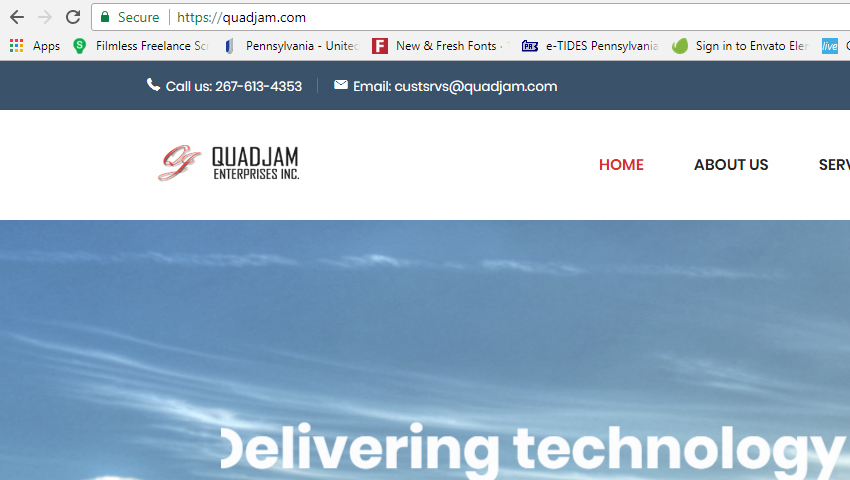
Understanding Secure Socket Layer (SSL)
What is SSL?
SSL is an acronym for Secure Socket Layer. An SSL helps to encrypt data over a computer network. On the web, this is handled through a purchase or download of a certificate that contains an encryption key which is installed on the web server who handles client requests.
How do HTTPS and SSL work together?
HTTPS is an acronym for Hyper Text Transfer Protocol Secure. The HTTP protocol uses the SSL certificate to encrypt the communication between client and server. When a client types HTTPS in front of the domain, the connection is secured.
How do I know if my security certificate is active?
![]()
FireFox and Chrome
In the uniform resource locator (URL) field off the left of the domain name, you should see a green lock next to it. If you do not see this, something is wrong and your connection is NOT secure.
Safari
In the uniform resource locator (URL) field off the left of the domain name, you should see a lock next to it. If you do not see this, something is wrong and your connection is NOT secure.
Internet Explorer
In the uniform resource locator (URL) field off the right of the domain name, you should see a lock next to it. If you do not see this, something is wrong and your connection is NOT secure.
NOTE: You can click on the lock to look at the details of the SSL certificate and validate that it belongs to the site that you are on.
How do I install an SSL certificate?
The installation of an SSL certificate depends on the hosting company you are using. In general, the customer finds the place they want to purchase the SSL from. You generate and supply your signing request. The SSL certificate is then created based on that request and sent back to the customer. Once you receive the SSL certificate, you install it on your server through your hosting panel. Qdhosts has a video on how to create a CSR and you can check it out here.
Why is the so important?
If you are in business, your customer’s security along with your company’s security should be your top priority. Keep in mind, that most sites collect address and financial information which MUST be protected. In order to do this, you need to install security. This encrypts the data and makes it private. An insecure site can cost you money and trust. Why not protect against this with a low-cost SSL certificate which protects everyone involved?
What if I install my certificate and find that I have errors on my site that are preventing it from working properly?
The most common reason your SSL could be throwing off errors is that you are sending nonsecure items to a secure page. One of the easiest ways to track this issue down is to use Chrome and hit Ctrl + Shift + J. The console will give you an idea of what could be causing your SSL issues. If you are code savvy, you can track down the culprit and correct your issues. If not, there are companies that can do this for a nominal fee. Trust me, getting your security up and running correctly can only benefit you and your reputation.








